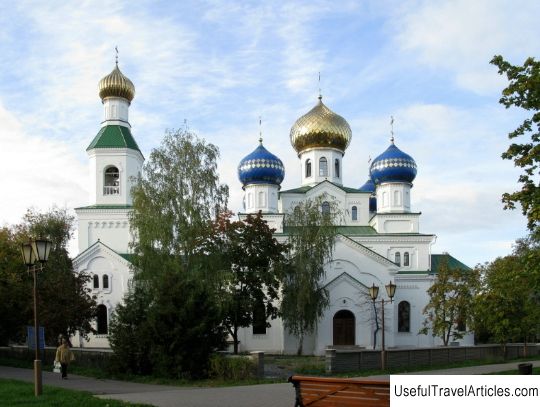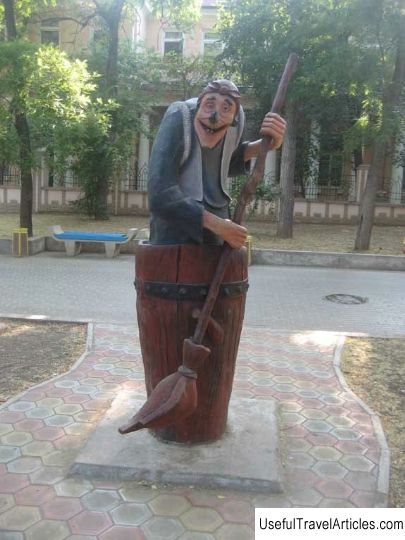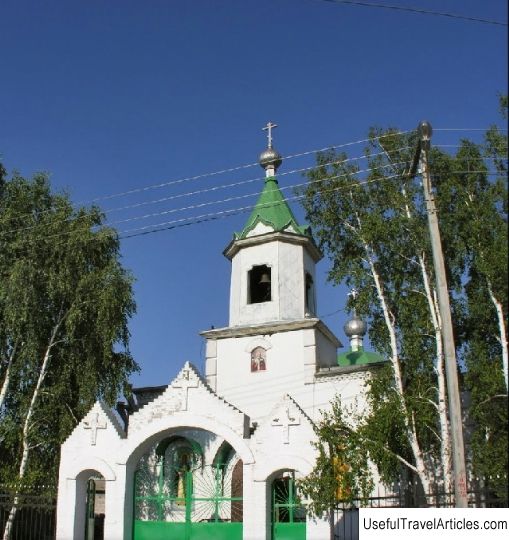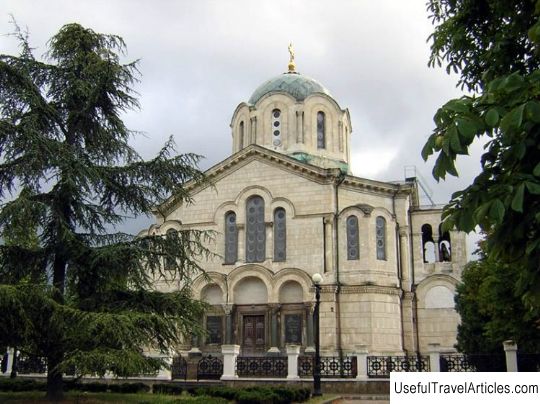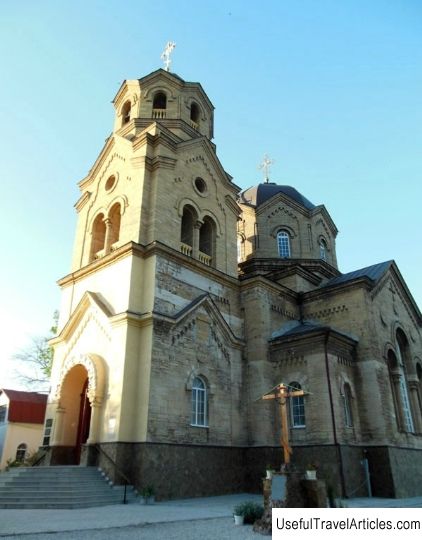Cathedral of St. Nicholas the Wonderworker description and photo - Crimea: Evpatoria
Rating: 7,8/10 (309 votes) 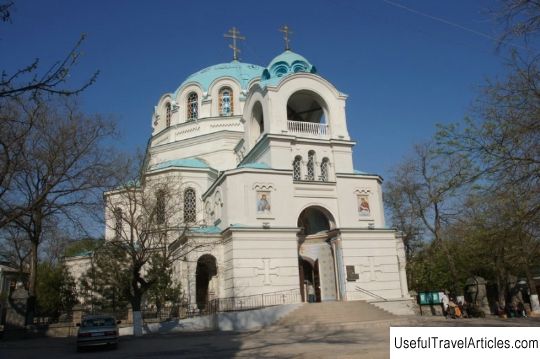
Cathedral of Nicholas the Wonderworker description and photos - Crimea: Evpatoria. Detailed information about the attraction. Description, photos and a map showing the nearest significant objects. Photo and descriptionThe cathedral was founded at the end of the nineteenth century. In terms of its capacity and size, the cathedral is smaller than the Vladimir cathedral in Chersonesos. The cathedral was built as a symbol of the liberation of the Crimea from the British, Turkish and French troops during the Crimean War. For many years donations were collected for construction. The construction of the temple began in 1892. The architect of the cathedral was Bernardazzi. The cathedral is located in the center of Evpatoria, and from afar it is clearly visible from the sea. Two thousand people - the capacity of the temple. There are three types of crosses in the design of the temple. The first are St. George's crosses, symbolizing the valor and honor of the soldiers who died in the Crimean War. Byzantine crosses are installed on the columns, this emphasizes the fact that this cathedral is a smaller version of another temple, Cathedral of Hagia Sophia (Constantinople). Orthodox crosses are visible on the domes. The cathedral was built in 1893 and became a symbol of the city's deliverance from enemies. Unfriendly troops occupied Yevpatoria without resistance in 1854 and left it two years later. The first French ships appeared at Evpatoria in the spring of 1854. For several months the ships of the enemies were periodically shown near the city. On September 1, eighty ships sailed to the city and landed troops. Since there were no troops in the city, there was no resistance. Sevastopol was the center of battles, Evpatoria was used by the enemies as an outpost. Lieutenant General S. Khrulev with his troops tried to liberate the city, but due to the numerical superiority of the enemies he was forced to retreat. In 1856, on March 30, a peace treaty was signed in Paris, and the enemies left the city. It was decided to build a new cathedral in memory of these events. He was supposed to replace the old Nicholas Church. Archpriest Y. Chepurin initiated this undertaking, he was assisted in collecting money from all communities of the city - both Armenian, Greek, and Muslim, etc. Emperor Alexander allocated thirty-six thousand rubles from the treasury for the construction of a new church. In February 1899 Bishop Nikon of Volsky consecrated the cathedral. A cross is erected in the churchyard - a monument on the site of a Greek church. The Greek community gave this site for a Russian church as gratitude for helping their country during the war with the Turks. It was then that Greece gained independence. In 1916, the cathedral was visited by Nicholas II. In Soviet times, the temple was opened and closed, used as a warehouse and as an art workshop. In the Great Patriotic War & nbsp; the retreating Soviet troops did not blow it up, and the temple remained intact.         We also recommend reading St. Vitus Cathedral (Katedrala svateho Vita) description and photos - Czech Republic: Prague Topic: Cathedral of St. Nicholas the Wonderworker description and photo - Crimea: Evpatoria. |
